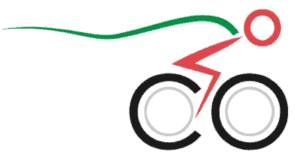If you live in a hilly area and consider transitioning to bike commuting, you might be wondering what type of bike would fit best your commute.
What are the best bikes for hilly commutes? The best bikes for a hilly commute are fitness, gravel, and hybrid bikes. They combine comfort with versatility: a large range of gear ratios, enable slow climbs and fast downhill rides. If the hills are too challenging or you want to avoid sweating altogether, consider investing in an e-bike.
Bikes for Hilly Commutes
E-bikes, fitness, gravel, and hybrid bikes all offer wide ranges of gear ratios and different riding positions for your comfort and confidence level, most ideal for commuting across hills.
Now, looking at their differences, it is up to you to decide which type best fits your entire ride. Every commute is different, as is every rider. Below we will discuss the benefits of each bike type to identify which meets your commuter needs.
Electric bikes built for everything and priced for everyone. Shop Rad Power Bikes, America's #1 electric bike brand. Get out. Go further. Ride Rad.
E-bikes
If you have particularly long and steep hills, an e-bike may just be the answer to the problem. You can set the assistance to a minimum level, and you still get a good workout when you’re riding on a flat, and you can crank it up when you get to a steep part. If you worry that it’s not going to be too much of a workout, you don’t need to: with the assistance set to a low level, you get an almost identical workout as with a regular bike.
Sometimes, I ride a steep route in my neighborhood on one of my electric bikes, especially on hot Summer days. Even a gentle assist from a 250W hub motor makes a big difference.
Battery capacity is a crucial aspect of electric commuters. Consider whether you can do a round trip on a single charge or, if not, can you charge your battery at work.
There are several bikes I have personally reviewed and written about in detail in the articles below:
Best electric bikes for adults here

Fitness Bikes
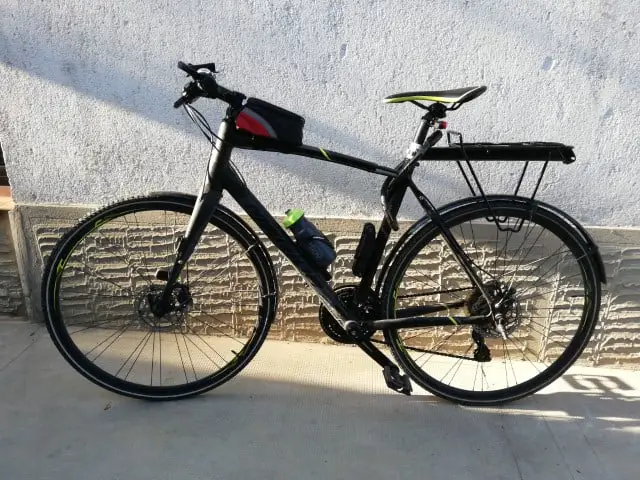
Fitness bikes are designed for paved roads. They are similar to road bikes, favoring speed over comfort. I like them for hills because the tires are wider than a road bike, with a little more grip.
The flat handlebars sit you more upright, allowing for a better field of vision when cycling through traffic.
Fitness bikes generally have a wide gear ratio – wider than road bikes – and, therefore, offer many gears to adapt to changing elevations. This improves both the comfort and efficiency of your ride, making the most of each turn of the pedal.

Example: The Trek FX series offers great performance and it’s an excellent commuter for hilly rides.
Gravel Bikes
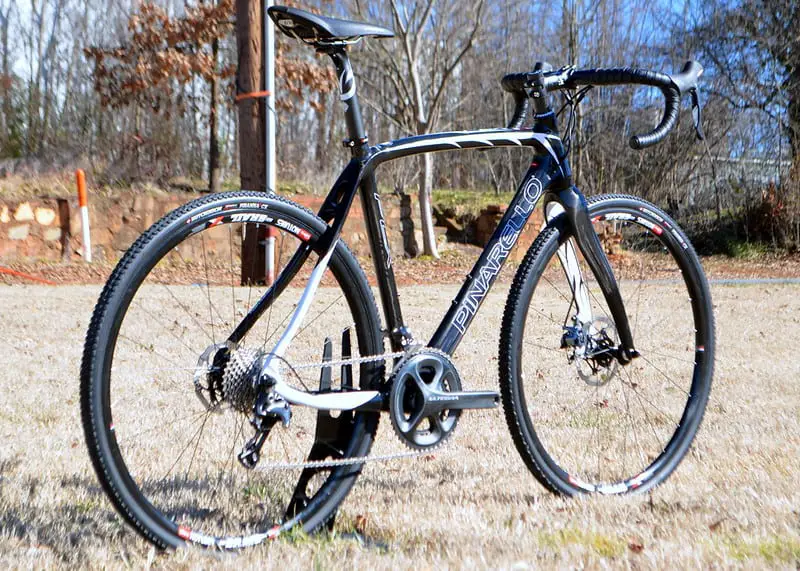
Gravel bikes are similar to road bikes in their appearance, but they borrow many elements from MTBs. Designed for rough terrain, they maintain thicker tires and some even have the shock suspension of a mountain bike, ultimately resulting in a smoother ride. This increases your comfort on gravel paths or uneven cement.
Gravel bikes have drop handlebars, which means that you have several hand positions to ride your bike and increase your comfort, especially to reduce the chances of getting numb hands.
Example: The Trek Domane AL2 Disc is an amazing gravel commuter, which is super capable on hills. It has multiple mounting options and too.
Hybrid Bikes
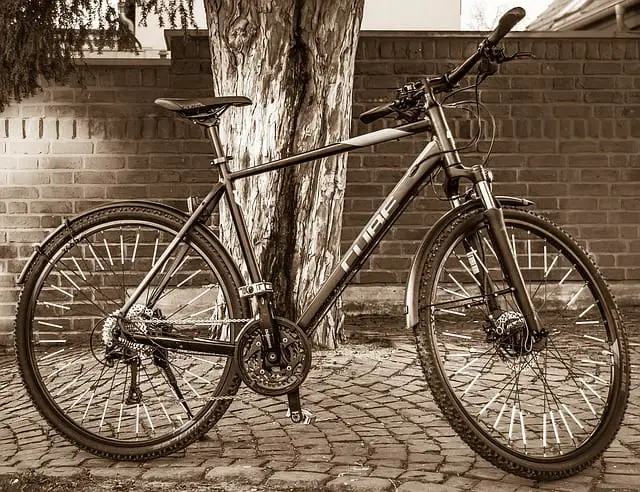
With fitness and gravel bikes falling on opposite ends of the biking spectrum, hybrid bikes fall right in the middle. They combine the best of each – the smoother ride of the gravel bike and the lighter frame of fitness bikes.
There is very little a hybrid bike can not do. If your terrain is more varied (though inevitably hilly!), the hybrid bike is best equipped to conquer both urban pavement and the bumps of a less-maintained back road.
They offer a large range of gear ratios, making climbing hills a breeze.
Example: The Trek Dual Sport 2 has a wide range of gears, excellent brakes, and plenty of mounting options for commuters.
Bikes to Avoid
Just as there are bikes best suited for hilly commutes, there are also those that would be terrible. In a different scenario, all of these bikes could be a smart choice, but they are not designed for climbing hills every day.
Although possible, you will be working harder than necessary to get these bikes to and from work, resulting in a cumbersome trek instead of a complementary partnership. Below, we outline the bike types least suited for hilly commutes.
- Dutch-Style Bikes: The dutch bike is a popular aesthetic choice, but not for the serious commuter. Dutch bikes are slow. They are made only for very smooth paths and weigh a ton. Typically, dutch bikes only have a few gears. This is perfect for city dwellers and beach-goers on island time, but not your hilly commute. A larger gear ratio allows you to fine-tune your bike to match your effort. A Dutch-style bike is not equipped to do so on a steep climb.
- Single Speed Bikes: True to their name, single-speed bikes only have– you guessed it– one speed! More of a novelty than a tool, these bikes can not be adjusted in response to changes in elevation. When biking, you want to maintain a consistent cadence, or rhythm, when pedaling. On a single-speed bike, your cadence would change constantly depending on your elevation and the amount of resistance to your momentum, resulting in an exhausting and inefficient ride.
- Road Bikes: The sleek road bike is a tempting choice for a commuter. Designed to roll as fast as possible, how could they not be the best for getting you where you want to go? Because road bikes are built for speed they generally lack lower gear ratios that will make the climb very difficult.
Things to Consider
Above are the main differences between each type of bike. However, within each type, there are infinite numbers of modifications. Once you have chosen the type of bike, you can really hone in on its parts and accessories to truly make it yours.
By customizing the various parts of your bicycle, you can design a piece of machinery that truly complements your route and ride style, enhancing your bike’s ability to tackle that hilly commute.
Handlebars: The style of the handlebar determines your seated position on the bike. Depending on the bar height and shape, you can be anywhere from completely upright to parallel to the ground.
Drop handlebars tend to seat the rider closer to the ground. That is more aerodynamic, and appropriate for speed, but limits visibility. Cruiser handlebars will position you more upright, then flat bars, bullhorns, and so on.

As a general rule, when riding uphill, the more you can lean forward the easier the climb is. For example, bullhorn or drop handlebars are excellent for climbing steep hills as you can lean forward more and put your body weight to the front. This allows you to climb a hill with less effort.
On the other hand, the more upright you sit, the less you can put your body weight forward, and the harder the climb will be. Swept-back, Dutch-style handlebars force you to sit in a completely upright position, (bodyweight on the rear wheel) with your hands almost beside your waist, making it really hard to climb steep hills.
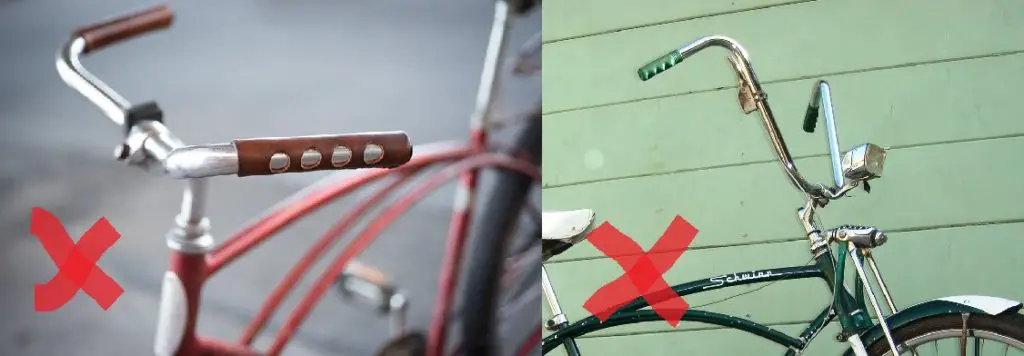
Gear Ratio: The combination of the front chainrings and the rear cassette gears will give you the gear ratio. Each combination changes the tension on the bike chain and the resistance you feel in your legs in relation to the elevation of the bike’s path.
Like handlebars, there are extremes on each end of the spectrum, with many sensible options in the middle. On a hilly commute, you will appreciate a wider gear ratio that easily adapts your bike to the climb.
Suspension Fork: A suspension fork attaches to the front wheel of the bike and holds most of the rider’s weight. It also absorbs the shock of uneven terrain a bike passes over.
Suspension forks affect a bike’s ability to climb a hill. When you climb a hill, you put your weight in the front of the bike and the suspension fork absorbs some of the energy. You will notice as you pedal that the front of the bike moves up and down, requiring more energy to climb the hill.
If you are still interested in a suspension fork, consider one with a lockout knob. A lockout knob stops the suspension, allowing the fork to act as a rigid fork.
Conclusion
Using a bike as your main form of transportation is both intimidating and empowering. With the wrong equipment, you can quickly become exhausted and burn out. But, if you outfit your equipment to match your riding preferences and terrain challenges, your Monday morning can be exhilarating. Stick to the guidelines above and you will rock your hilly commute.
